Che qian cao – Plantaginis Herba,che qian cao herb,che qian cao tcm,plantaginis herba,che qian cao benefits,cheqiancao,plantain herb,Plantago,Plantago (Attached: Plantago)
[Medicinal] The mature seeds of Plantago Asiatica L. or Plantago depressawilld, a grass plant of the Plantaginaceae family.
[Nature and flavor and meridians] Sweet, cold. Enter the liver, kidney, small intestine, and lung meridians.
[Effects] Clear heat, promote diuresis, relieve stranguria, penetrate dampness and stop diarrhea, clear the liver and improve eyesight, and relieve phlegm and cough.
[Application in stranguria] 1. Used for urinary incontinence, stranguria, edema, etc.
Plantago is sweet, cold and heat-clearing, has a sinking and downward nature, and is specialized in descending and purging. It has good urinary incontinence, penetrate dampness and purging heat. It is used for damp-heat, stranguria, and painful urination. It is often used in combination with Akebia and Talc. It also has significant effects on edema and urinary incontinence. It is commonly used in clinical practice and is mainly used for solid diseases; such as kidney deficiency edema, it can be used with Rehmannia glutinosa, cinnamon bark, aconite, Achyranthes bidentata, etc.
2. Used for damp-heat diarrhea.
Plantago seed can infiltrate water and dampness, separate the clear from the turbid and stop diarrhea, promote urination and solidify the stool. It is clinically suitable for treating damp-heat diarrhea. For mild symptoms, it can be used alone. For more severe symptoms, it can be used together with Poria cocos, Polyporus umbellatus, Alisma orientalis, and Coix seed.
3. Used for red and swollen eyes or blurred vision.
Plantago seed can clear liver heat and brighten the head. Regardless of deficiency or excess, it can be used together. For red and swollen eyes caused by liver fire, it can be used together with chrysanthemum, cassia seed, and green box; for blurred vision and tears in the wind caused by liver and kidney deficiency, it can be used together with Rehmannia glutinosa and Cuscuta chinensis.
4. Used for cough and sputum.
This product also has the function of expectoration and cough relief. It is more suitable for cough caused by lung heat. It can be used together with expectorant and cough relief medicines such as almond, platycodon, and perilla seed.
[General dosage and usage] One to three qian, wrapped and decocted.
[Attached medicine] Plantago: the whole plant. The nature, flavor and efficacy are similar to those of Plantago seed, and it can clear away heat and detoxify, so it can be used for sores, swelling and pain. The general dosage is three to five coins, decocted and taken orally.
[Comments] Plantago seed is sweet, cold and heat-clearing, and its nature is to descend and drain, so it can clear the water channel, drain dampness and drain heat, and is an important medicine for urination and stranguria treatment; urination can separate the clear and turbid, and stool can stop diarrhea, so it can also drain dampness and stop diarrhea; it enters the liver and clears heat, so it can treat red and swollen eyes; it enters the lungs and removes phlegm, so it can also treat cough and phlegm.
Plantago seed is mainly used to treat damp-heat, liver fire and lung heat, but it is often used in combination with tonic products to treat kidney deficiency edema and liver and kidney yin deficiency, blurred vision and other symptoms. It can be seen that its applicable diseases are relatively wide, but it must be appropriately matched.
[Examples of prescriptions] 1. Bazheng Powder (Heju Prescriptions): Akebia, Plantago seed, Gardenia, Talcum, Dianthus, Polygonum multiflorum, Rhubarb, and Licorice. Treat damp-heat, hot stranguria, urinary incontinence, and painful urination.
2. Cheqian powder (Zhengzhizhunsheng): Plantago seed, light bamboo leaf, red Poria, rush, and schizonepeta spicate. Treat all kinds of stranguria.
3. Jisheng Shenqi pill (Jishengfang): Plantago seed, Achyranthes bidentata, Rehmannia glutinosa, Chinese yam, Cornus officinalis, Alisma orientalis, Poria, Paeonia suffruticosa, Cinnamon twig, Aconite. Treat kidney yang deficiency, sore waist and knees, lower abdominal cramps, edema, urinary incontinence, or kidney deficiency with heaviness of waist, swollen feet, and urinary incontinence.
This product is the dried whole herb of Plantago asiatica L. or Plantago depressa Wild. of the Plantaginaceae family. Dig up in summer, remove the mud and sand, and dry in the sun.
[Propriedades]
Plantago root is clustered, whisker-like, with basal leaves and long petioles: the leaves are wrinkled, and when flattened, they are ovate-elliptical or broadly ovate, 6-13cm long and 2.5-8cm wide; the surface is gray-green or dirty green, with 5-7 obvious arc-shaped veins; the apex is blunt or short-pointed, the base is broadly cuneate, the margin is entire or has irregular wavy shallow teeth. There are several spikes of inflorescence, and the flower stalk is long. The capsule cover is cracked, and the calyx remains. The smell is slightly fragrant and the taste is slightly bitter.
The main root is straight and long. The leaves are narrow, oblong or elliptical-lanceolate, 5-14cm long and 2-3cm wide. Plantago asiatica [Identification]
(1) Surface view of the leaves of this product: The upper and lower epidermal cells of Plantago asiatica are rectangular, and the upper epidermal cells have keratinous lines. Stomata are indefinite, and there are 3-4 accessory cells. The head of the glandular hair is 2 cells, elliptical, and the petiole is single-celled. Non-glandular hairs are rare, 2-5 cells, 100-320um long, slightly thick wall, with micro-shaped protrusions. Plantago asiatica has 3-7 cells of non-glandular hairs, 350-900um long.
(2) Take 1g of this product powder, add 10ml of methanol, ultrasonically treat for 30 minutes, filter, and take the filtrate as the test solution. Take another plantago glycoside reference substance, add methanol to make a solution containing 1mg per 1ml, as the reference solution, test according to the thin layer chromatography method (General Rule 0502), take 10u of each of the above two solutions, and spot them on the same silica gel G thin layer plate, use ethyl acetate-methanol-formic acid-water (18:3:1.5:1) as the developing agent, develop, take out, dry, and examine under ultraviolet light (365nm). In the chromatogram of the test product, spots of the same color appear at the corresponding position of the chromatogram of the reference substance.
【Inspeção】
Water content shall not exceed 13.0% (General Rule 0832 Method 2).
Total ash content shall not exceed 15.0% (General Rule 2302).
Acid insoluble ash content shall not exceed 5.0% (General Rule 2302).
[Extrair]
Determine by hot leaching method under water-soluble extract determination method (General Rule 2201), and shall not be less than 14.0%.
[Determinação de conteúdo]
Determinar por cromatografia líquida de alta eficiência (Regra Geral 0512).
Chromatographic conditions and system suitability test Use octadecylsilane bonded silica gel as filler; acetonitrile-0.1% formic acid solution (17:83) as mobile phase; detection wavelength is 330nm. The theoretical plate number calculated based on the plantago asiatica peak should not be less than 3000.
Preparation of reference solution Take an appropriate amount of plantago asiatica reference substance, accurately weigh it, place it in a brown volumetric bottle, and add 60% methanol to make a solution containing 0.1mg per 1ml.
Preparation of test solution Take about 1g of the powder of this product (passed through No. 2 sieve), weigh accurately, place in a stoppered conical bottle, accurately add 50ml of 60% methanol, weigh, ultrasonically treat (power 250W, frequency 40kHz) for 30 minutes, cool, weigh again, make up the lost weight with 60% methanol, shake well, filter, and take the filtrate.
Determination method, accurately aspirate 10u of reference solution and test solution respectively, inject into liquid chromatograph, and determine.
This product contains no less than 0.10% of plantago glycoside (C2gH36016) calculated on the basis of dry product.
Pedaço de decocção
[Processamento]
Remova as impurezas, lave, corte em seções e seque.
[Propriedades]
This product is irregular sections. Root-like or straight and long. The leaves are wrinkled, mostly broken, the surface is gray-green or dirty green, and the veins are obvious. Spike inflorescence can be seen. Slight smell, slightly bitter taste.
【Identification】【Inspection】【Extract】【Content determination】
O mesmo que material medicinal.
【Natureza, sabor e meridianos】
Sweet, cold. Enter the liver, kidney, lung, small intestine meridians.
【Função e indicações】
Clear heat, promote diuresis, relieve stranguria, eliminate phlegm, cool blood, detoxify. Used for hot stranguria, edema, oliguria, summer heat diarrhea, phlegm-heat cough, vomiting blood, carbuncle, sore,
【Uso e dosagem】
9~30g.
【Armazenar】
Coloque em local ventilado e seco.
Where is the main production area of plantain?
É produzido na maior parte do país.
Where is the main medicinal part of plantain?
Medicinal part of plantain:
Dried whole grass of Plantago asiatica L. or Plantago depressa Willd. of the Plantaginaceae family
Characteristics of the medicinal part of plantain:
Plantago root is clustered and whisker-like. The leaves are basal and have long petioles. The leaves are wrinkled and flattened to be ovate-elliptical or broadly ovate, 6~13cm long and 2.5~8cm wide. The surface is gray-green or dirty green, with 5~7 obvious arc-shaped veins. The tip is blunt or short-pointed, the base is broad, the margin is entire or has irregular wavy shallow teeth.
There are several spikes of inflorescence, and the flower stem is long. The capsule cover is cracked, and the calyx remains. The smell is slightly fragrant and the taste is slightly bitter. The taproot of Plantain is straight and long. The leaves are narrow, oblong or elliptical-lanceolate, 5~14cm long and 2~3cm wide.
How is Plantain recorded in historical books?
The name has been seen in “Ben Jing”, and the name is the way.
“Famous Doctors’ Records”: “It can treat wounds, stop bleeding, stop bleeding, treat tinea, bloody marks, bleeding, red urine, stop restlessness, relieve gas, and eliminate small insects.
“Compendium of Materia Medica”: “It can nourish the five internal organs, improve eyesight, promote urination, and relieve stranguria.
“Compendium of Materia Medica”: “It is used to treat heat dysentery with pus and blood, and milk moth throat closure.
Efeitos
Plantago has the functions of clearing heat, promoting diuresis, clearing stranguria, removing phlegm, cooling blood, and detoxifying.
What are the main effects and clinical applications of Plantain?
Plantago is used for hot stranguria, edema, oliguria, summer-heat diarrhea, phlegm-heat cough, vomiting blood, epistaxis, carbuncle, sore and poison.
Stranguria, edema
Treats hot stranguria, dribbling and painful urination, often used with Akebia, Talc, Dianthus, etc.;.
Treats edema and fullness, and urination is not smooth, and can be used with Poria, Alisma, Poria, etc..
Diarréia
Treats watery diarrhea caused by dampness, and can be used alone with ground powder and taken with rice drink; or used with Atractylodes, Poria, Alisma, etc.
Olhos vermelhos e inchados
Treats red and swollen eyes caused by liver fire, photophobia and tears, often with chrysanthemum, summer Use with dried grass, cassia seed, etc.;.
If treating liver and kidney yin deficiency, dark and blurred vision, it is often used with cooked rehmannia, dodder seed, etc. .
Phlegm heat cough
Often used with trichosanthes, fritillaria, scutellaria, etc.
What are the compound preparations containing plantain?
Plantain soup: clears heat, promotes diuresis and relieves stranguria.
Uso
Plantain is often boiled and taken as juice, and can also be used externally to treat carbuncle. But no matter which method is used, it needs to be taken according to the doctor’s instructions.
How to use plantain correctly?
When plantain decoction is taken orally, the usual dosage is 15~30g, and if fresh products are used, 30~60g is required.
When plantain is used externally, an appropriate amount of fresh products can be mashed and applied to the patient or squeezed to apply juice, or boiled in water to wash the affected area. Plantain is generally used in decoctions, and decoction is taken It can also be made into powder or pills for consumption. However, the use of Chinese medicinal materials must be based on syndrome differentiation and treatment, and should be used under the guidance of professional Chinese medicine practitioners. It should not be used at will, and it should not be used at will by Chinese medicine prescriptions and advertisements.
In addition, plantain can also be used for daily health care, and the common methods of consumption are as follows:
· Soaking in water: Plantain soaked in water can be diuretic and dehumidifying.
· Stir-frying: The young leaves and seeds of plantain are edible; the young leaves are picked and washed, first rinsed with boiling water, and then stir-fried; the seeds can be eaten with porridge. It has the effects of diuresis, clearing heat, improving eyesight, and removing phlegm.
Note: It is forbidden to take it if the yang qi is sinking, the kidney is deficient and spermatorrhea, and there is no dampness and heat in the body.
What drugs should be used with plantain at the same time with special attention?
Combined use of Chinese medicine and Chinese The combined use of Western medicine requires syndrome differentiation and clinical individualized treatment.
If you are using other medicines, please consult a doctor before taking the medicine, and inform the doctor of all your diagnosed diseases and the treatment plan you are receiving.
Instruções de medicação
Plantain is sweet, cold and slippery, so it is forbidden to take it if you have yang qi sinking, kidney deficiency and spermatorrhea, and no dampness and heat in your body.
What are the precautions when using plantain?
It is forbidden for those with weak and slippery essence and weak qi.
Pregnant and breastfeeding women: If you are pregnant, planning to become pregnant or are breastfeeding, please inform your doctor in time and consult whether Chinese medicine can be used for treatment.
· Crianças: A medicação infantil deve ser realizada sob orientação médica e supervisão de um adulto.
Armazene adequadamente os materiais medicinais e não os dê a terceiros.
Ervas
Che Qian Cao – Plantaginis Herba
$66.66 – $5,288.00
+ Frete grátisChe Qian Cao, Chinese herbal medicine, alias: pig ear grass, cow tongue grass, Dangdao, wheel grass, donkey ear grass, money string grass, English name: Plantaginis Herba, main effects: diuresis, stranguria, dampness-removing and diarrhea-stopping, eyesight-improving, lung-clearing and phlegm-resolving
Che Qian Cao is a diuresis-removing and dampness-removing medicine, which is the whole plant of Plantago or Plantago asiatica.
Che Qian Cao is sweet and cold in nature. It enters the liver, kidney and bladder meridians.
The effects are similar to those of Plantago, which can promote diuresis, clear heat, improve eyesight, resolve phlegm and relieve cough.
| Peso | 1 kg, 10 kg, 100 kg |
|---|





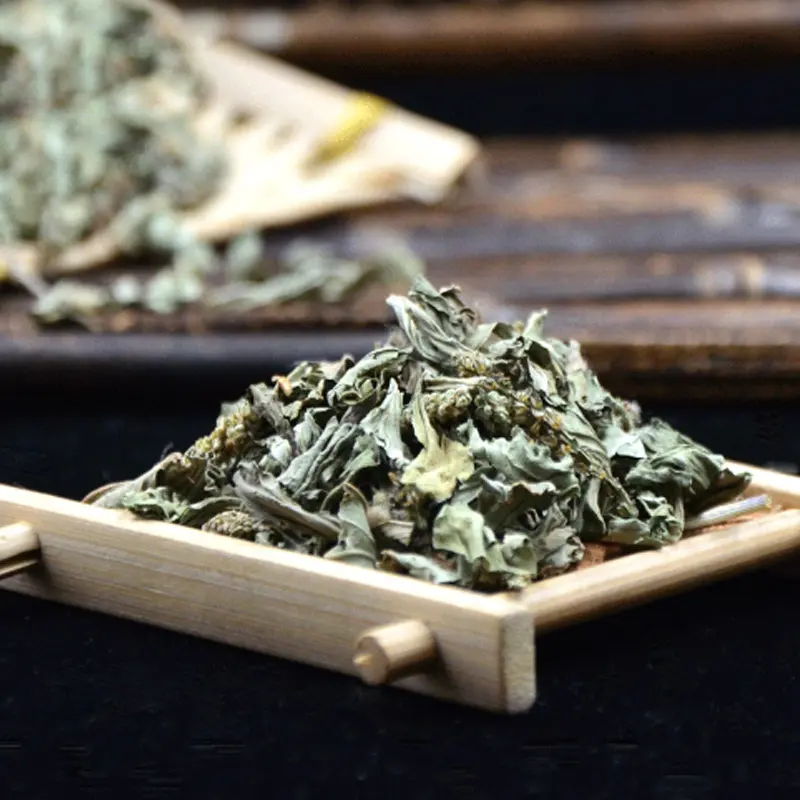



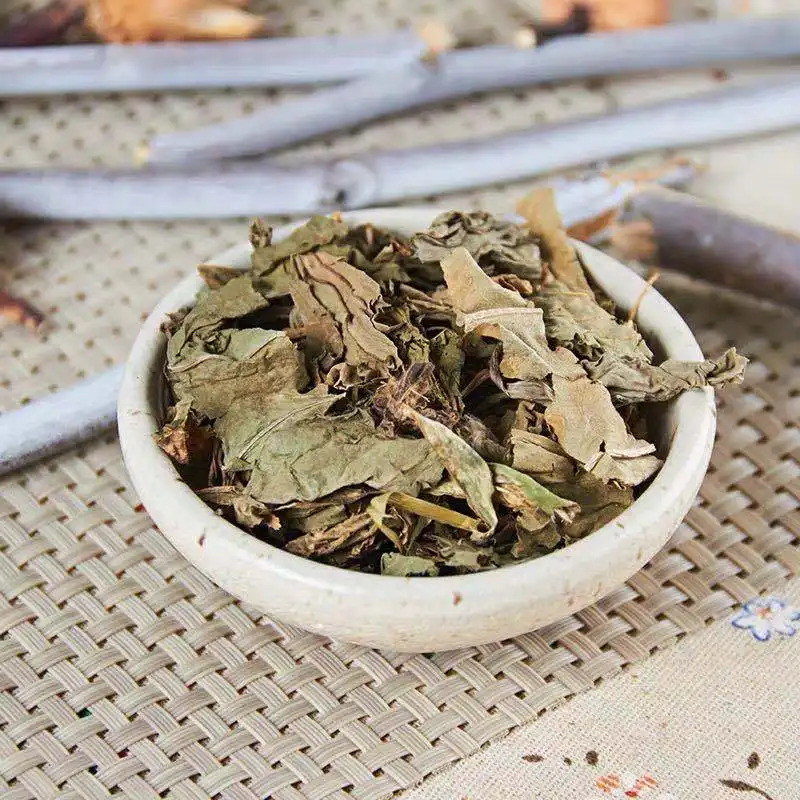


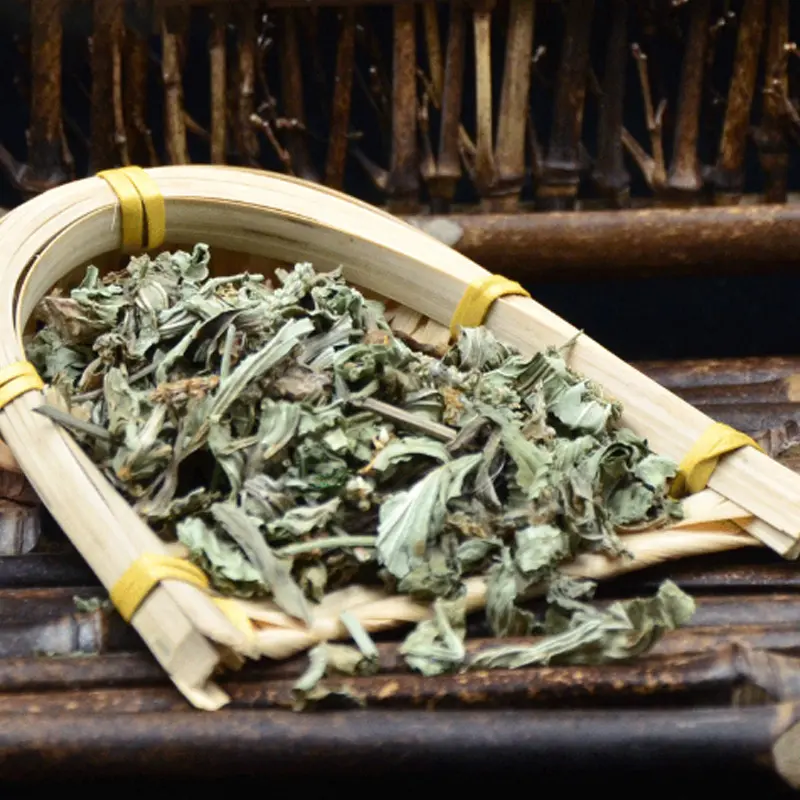
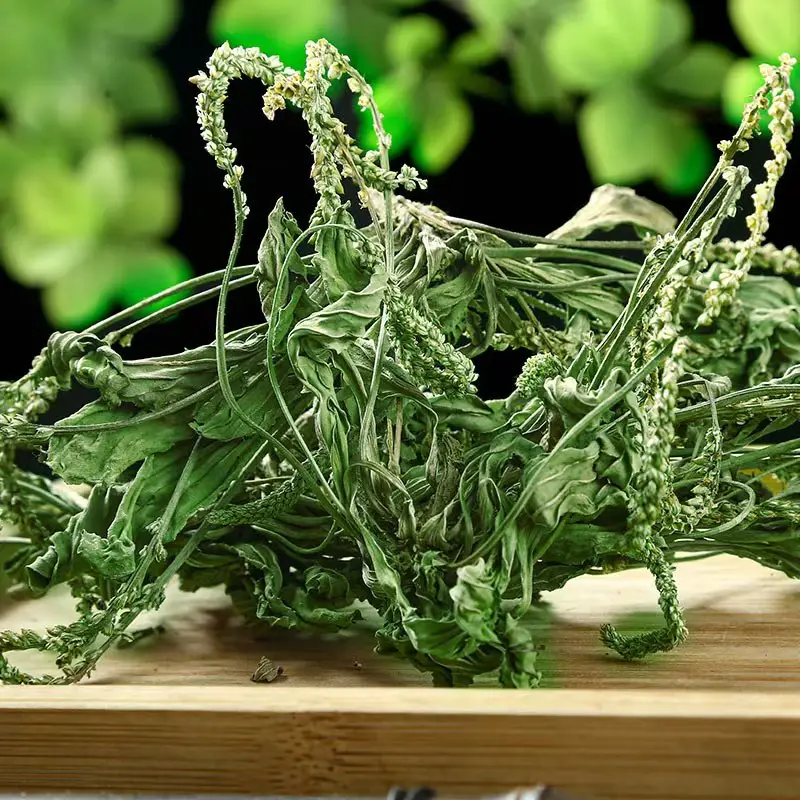
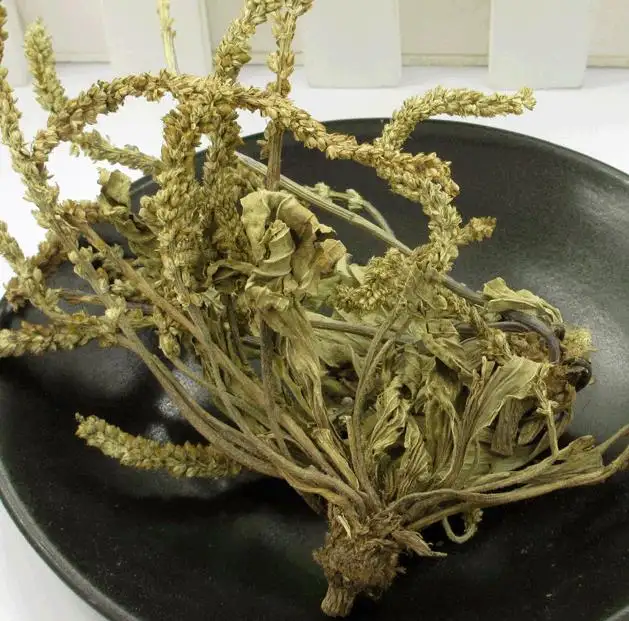



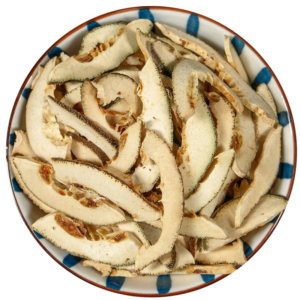
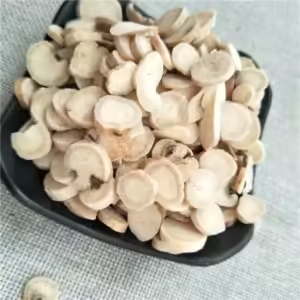
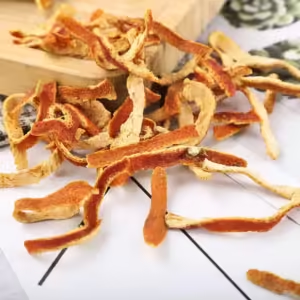
Avaliações
Ainda não existem avaliações.